Watching your cat stalk through the living room, eyes fixed on an imaginary prey, you might catch a glimpse of something primal stirring beneath that domestic facade. Those piercing green eyes tracking movement, that fluid crouch before pouncing, that satisfied stretch after capturing a catnip mouse. In these moments, your house cat seems less like a pampered pet and more like a miniature predator. That’s because, in many ways, they are.
The connection between your sofa-dwelling companion and the king of the jungle runs far deeper than you might imagine. Though your cat may weigh eight pounds instead of three hundred, that tiny heartbeat pressed against your chest carries the genetic echo of roars that can be heard for miles. Let’s dive into the fascinating world where savannah meets living room.
The DNA Connection That Spans Millions of Years
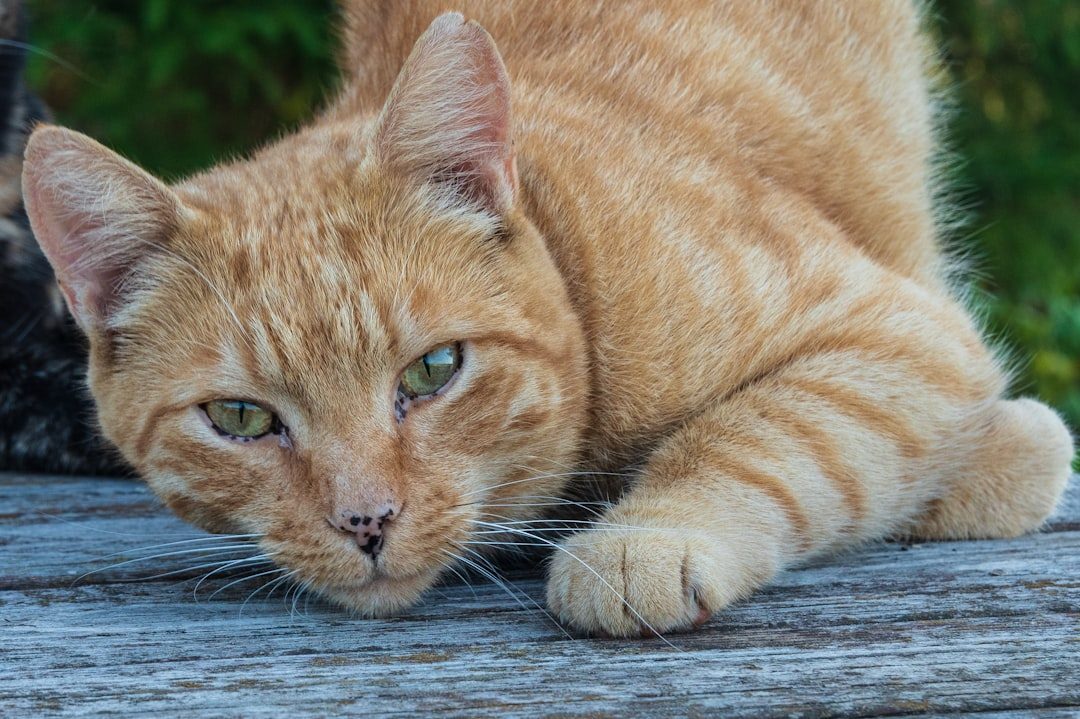
Science has revealed one of nature’s most remarkable family relationships: domestic cats share approximately ninety-five percent of their DNA with tigers. This staggering genetic similarity means your tabby has more in common with a Siberian tiger than many humans have with each other. Our domestic cats and tigers shared a common ancestor around 10.8 million years ago, when the feline family tree began branching into the magnificent diversity we see today.
This shared ancestry explains why watching your cat can feel like observing a nature documentary in miniature. House cats share roughly ninety-five percent of their DNA with tigers, accounting for everything from the way your cat ambushes you from behind furniture to their love of high perches and grooming rituals, with many of their instincts being simply miniature versions of behaviors that help big cats survive in the wild. The genetic blueprint that guides a lion’s hunt through African grasslands is nearly identical to the one directing your cat’s midnight zoomies through the hallway.
The Great Vocal Divide: Purrs vs Roars
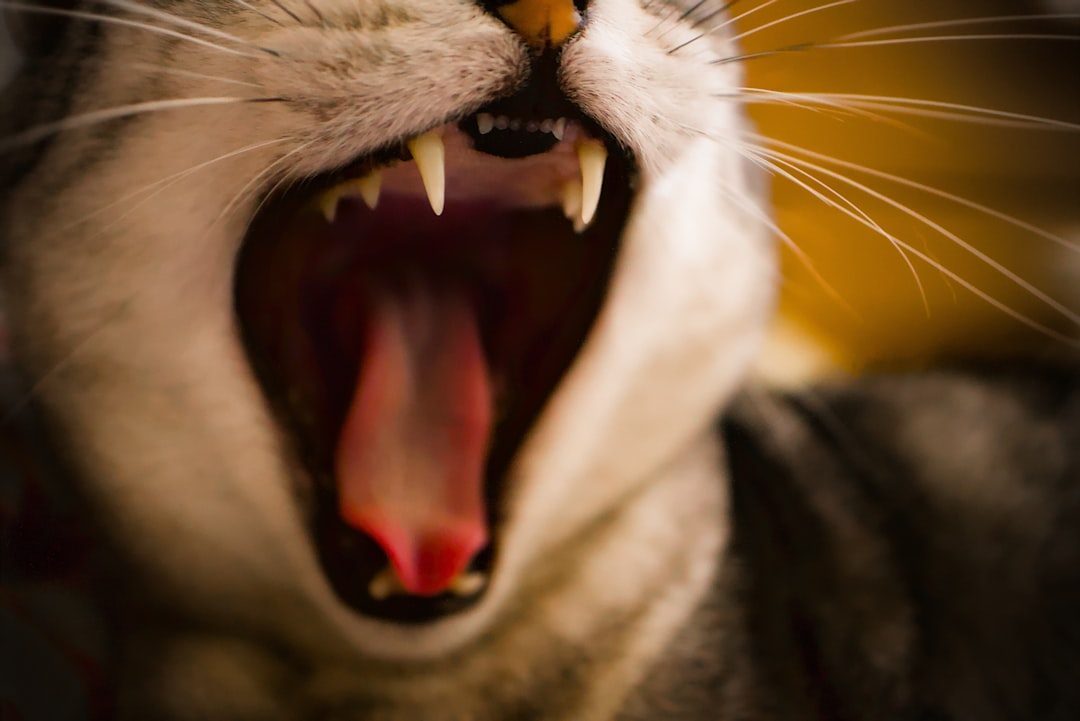
Perhaps the most fascinating difference between your cat and their wild cousins lies in their voices. Those felids with an elastic epihyoid are able to roar but not to purr, while species with a completely ossified hyoid are able to purr but not to roar. This anatomical trade-off means that nature forced cats to choose between the soothing rumble of a purr and the thunderous power of a roar.
Purring is possible because of tightly connected links of delicate bones that run from the back of a small cat’s tongue up to the base of the skull, and when a cat vibrates its larynx, or voice box, it sets the twig-like bones called hyoid bones to resonating. Meanwhile, in big cats and roaring, a length of tough cartilage runs up the hyoid bones to the skull, and this tough cartilage prevents purring but gives the larynx enough flexibility to produce a full-throated, terrifying roar.
Hunting Instincts That Never Sleep
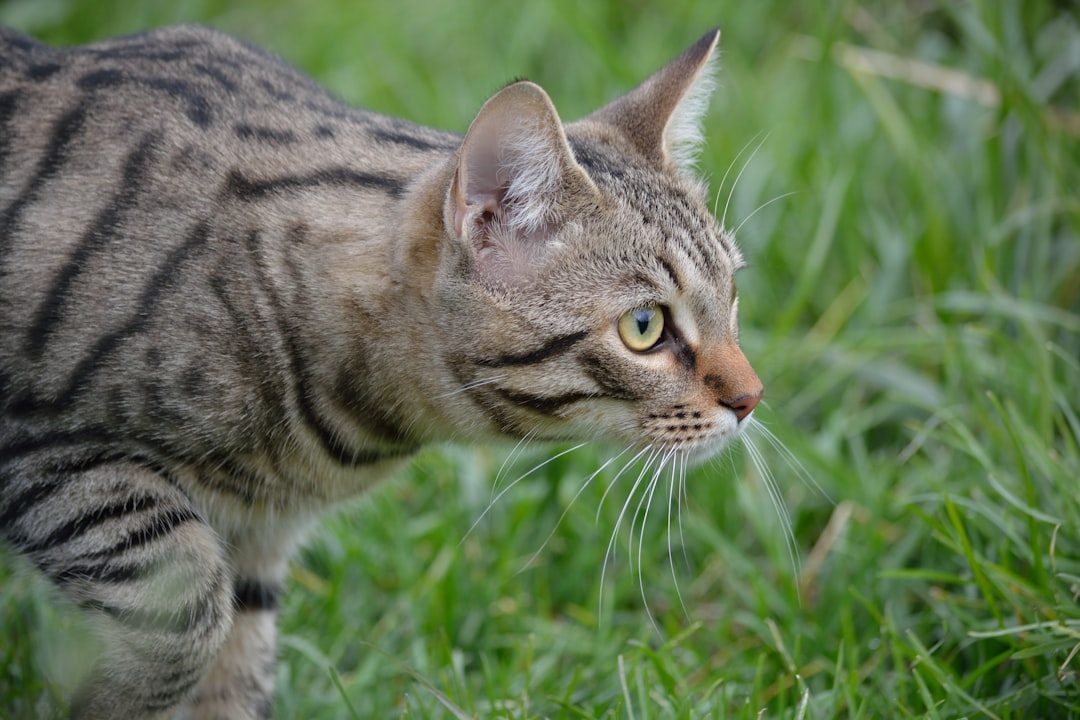
The same life lessons that tell a lion to stalk prey by camouflaging themselves in long grass exist within your house cat as they playfully leap from behind a chair to pounce on a feather wand. Your cat’s hunting technique mirrors their wild cousins with startling precision. Domestic cats and big cats like to stalk their prey, stealth is a key weapon for both, big cats strike with lightning speed, use their claws to hold down captured prey, and finish things off with a bite to the vertebra, and you will notice that domestic cats kill birds and rodents in a similar manner.
Even the most pampered indoor cat retains these ancient skills. Underneath all that domesticity, every house cat has ingrained knowledge about how to survive, and you can see hints of these natural instincts in your cat’s daily behavior, such as cats startling easily so they’re always on alert for danger, and they also know how important it is to seek warmth, reject bitter-tasting foods, and stalk prey, with all of these habits relating to behaviors big cats rely on every day to survive.
Scent Marking: The Universal Cat Language
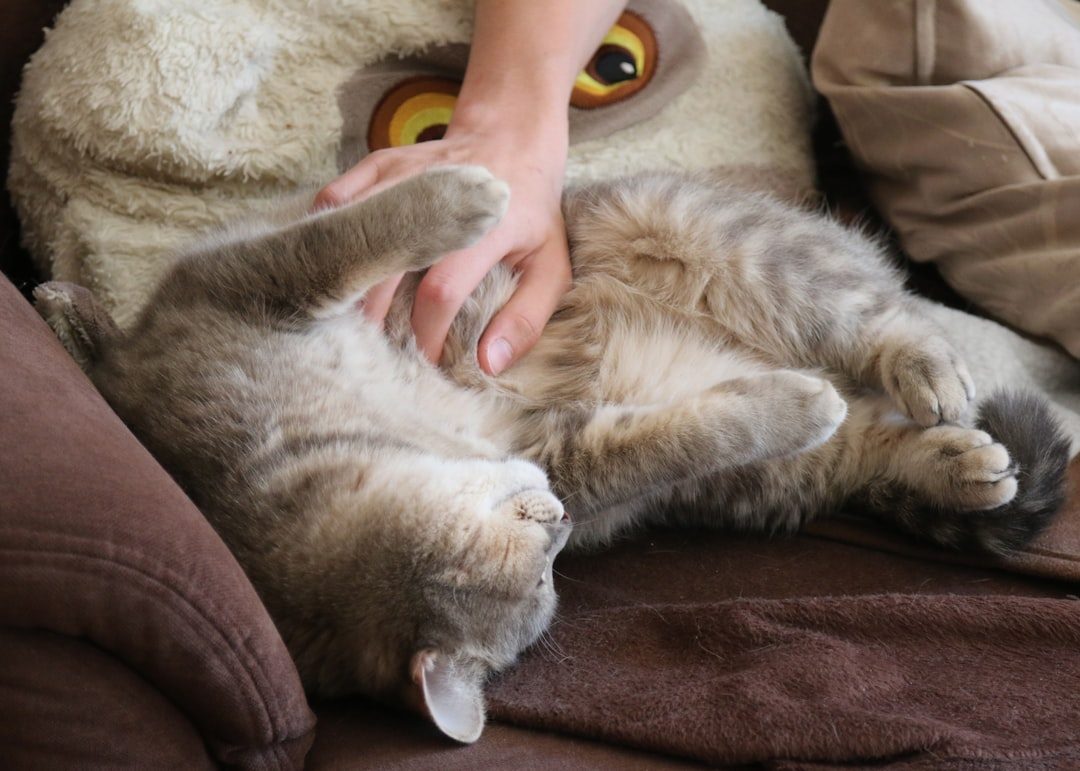
That adorable head bonking your cat does when they greet you? It’s actually sophisticated scent communication inherited from their wild ancestors. When your cat rubs its head on you, lions do it too, not to people but to each other, and it’s generally assumed there’s some scent being deposited, though the significance is not very well known, and you’ll see it when a lion returns to the group as a friendly greeting that reinforces the family bond.
All types of cats use similar methods to mark their respective territories, including spraying, face rubbing to distribute their scent via the glands on their faces, to scratching – a tree trunk if you’re a lion, the couch if you’re a cat. House cats rub against our legs, the furniture, trees, the walls, basically everything they can, and while we tend to consider this a cute attention-seeking behavior, it has a more practical purpose as they’re rubbing their scent on things they feel are part of their property or territory.
The Architecture of the Perfect Predator

All you have to do is look at a big cat and a domesticated cat to see their anatomical similarities, as their bodies are generally built similarly, just in different sizes, with powerful legs, flexible backs, sharp claws, and teeth, and all of those components work together to make all cats skilled hunters. The engineering that allows a lion to bring down prey weighing hundreds of pounds is the same basic blueprint scaled down to enable your cat to catch mice.
Even their specialized grooming tools are identical. You either love or hate the sandpaper feeling of your cat’s tongue against your skin, as a cat’s tongue is covered in little backward-facing barbs called papillae that help detangle knots and lift out debris from a cat’s fur, and lions, tigers, jaguars, and all the other big cats have the same barbs on their tongues as domestic cats, with the rough texture helping with grooming and pulling meat off their prey’s bones.
Sleep Patterns of Champions

Both wild and domestic cats spend between sixteen to twenty hours a day sleeping. This might seem excessive for a creature that gets its meals delivered to a bowl, but this sleep pattern serves an important evolutionary purpose. Cats including lions and cougars can spend up to fifteen hours a day asleep, and this is because, as crepuscular creatures, cats sleep during the day and are most active at dawn and dusk, and out in the wild, big cats are also awake at these times.
It’s normal for domestic cats to wake early in the morning to do sprints down the hallway, and they also get bursts of energy in the evenings after a relaxing day of naps and more naps. Those midnight zoomies that seem so random are actually your cat following an ancient rhythm that once meant the difference between a successful hunt and an empty stomach in the wild.
Social Structures: The Lion Exception
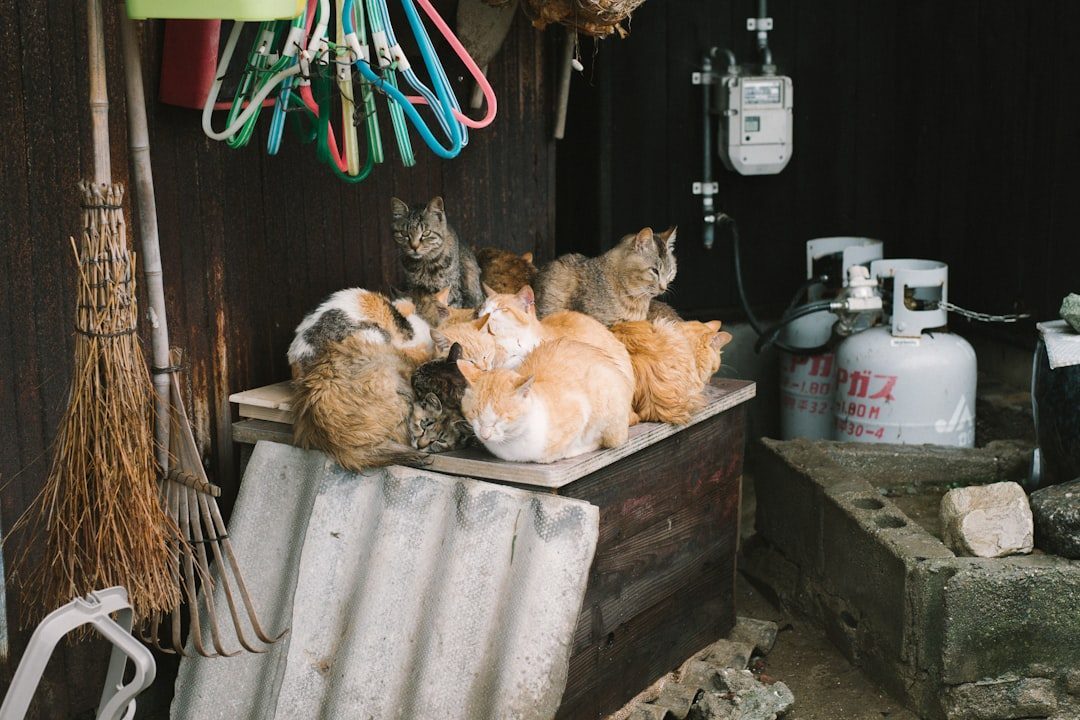
The only members of the Felidae family that frequently establish social groups of ‘families’ are lions, as other felines usually prefer to live alone, only coming together to mate, because they are highly territorial. Yet domestic cats share this unusual social tendency with lions. There are only two cat species in which the females raise their young together: the lion and the domestic cat, as lions live in prides where the females care for their cubs together, and similarly, when cats are living outdoors on their own, three or four females will put their kittens in one nest that they all defend, with the mother cats going out hunting and bringing back food that they allow all of the kittens to eat.
This shared social behavior represents one of the most striking parallels between house cats and their largest wild relatives. However, there’s a key difference: in lions, the males also cooperate, but it’s virtually unheard of for male domestic cats to cooperate. While your male cat might tolerate sharing space, he’s unlikely to form the brotherhood bonds seen in male lions defending their pride.
The Mysterious Appeal of Cardboard Kingdoms

Anyone who’s ever bought an expensive cat toy only to watch their pet prefer the cardboard box it came in will appreciate this next revelation. Like our domestic cats, tigers love a good cardboard box too, as this has been shown through zoo enrichment programs. This shared preference for confined spaces speaks to a deep-seated survival instinct about finding safe hiding spots.
It’s important to provide your cat with plenty of places to hide at home, to help them feel safe. This need for secure hiding places connects directly to wild cat behavior, where finding the perfect den or hiding spot could mean the difference between life and death. Your cat’s obsession with boxes, bags, and tight spaces isn’t quirky behavior but rather an expression of millions of years of evolutionary wisdom.
Personality Traits: The Lion Within

Recent research has uncovered remarkable similarities in personality between domestic cats and African lions. The domestic cat showed the same dominance, impulsivity and neuroticism as the African lion, and researchers noticed that the behavior and personality traits of domestic cats are extremely similar to the characteristic features of African lions, with domestic cats mostly showing the same traits as African lions.
This personality overlap suggests that when your cat displays independence, territorial behavior, or that regal air of superiority, they’re channeling their inner lion. Recent research by scientists from the Bronx Zoo and the University of Edinburgh has drawn many fascinating parallels between the behavior of domestic cats and their wild relatives, as they examined the Wildcat, Clouded leopard, Snow leopard, and the African lion, thoroughly comparing the most specific personality traits and lifestyles of these animals.
The Catnip Connection
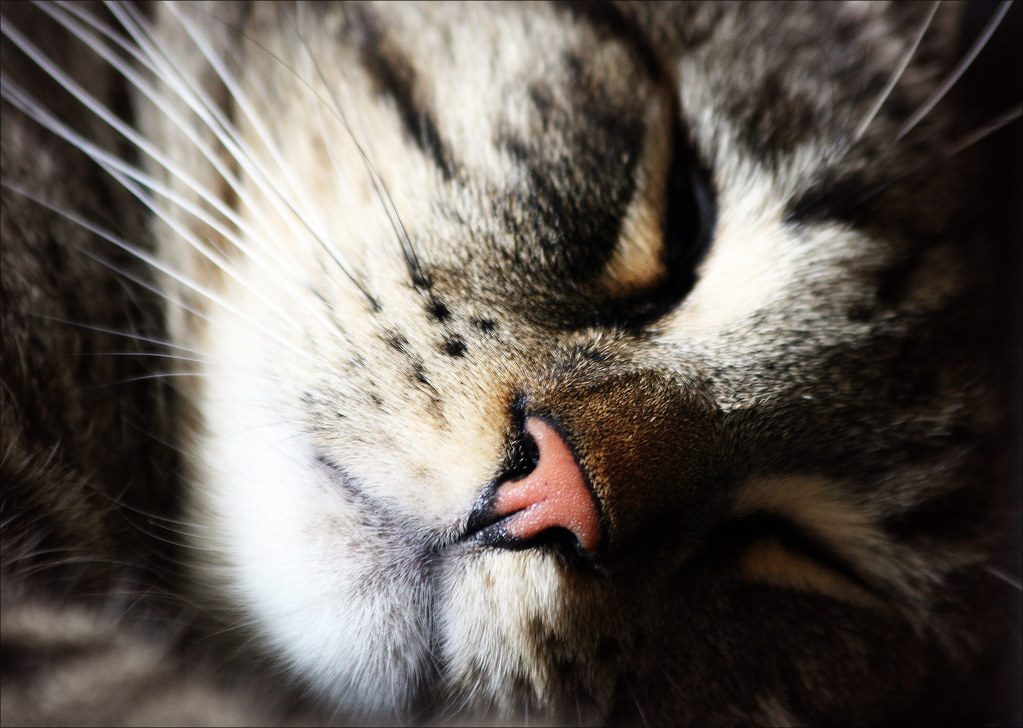
Both cats and lions love catnip, and they’re not alone, as pretty much the whole cat family responds to catnip. This shared response to nepetalactone, the active compound in catnip, demonstrates how certain traits have remained constant across the entire feline family tree. Some individual cats go crazy for the stuff, while others don’t react at all, and the same is true of lions – the sensitivity to it seems to be inherited.
The fact that a lion in the savannah and your house cat in suburbia can both get equally intoxicated by the same plant speaks to the fundamental similarities that persist despite millions of years of evolutionary divergence. It’s a reminder that underneath the surface differences of size and environment, the basic feline experience remains remarkably consistent.
Conclusion
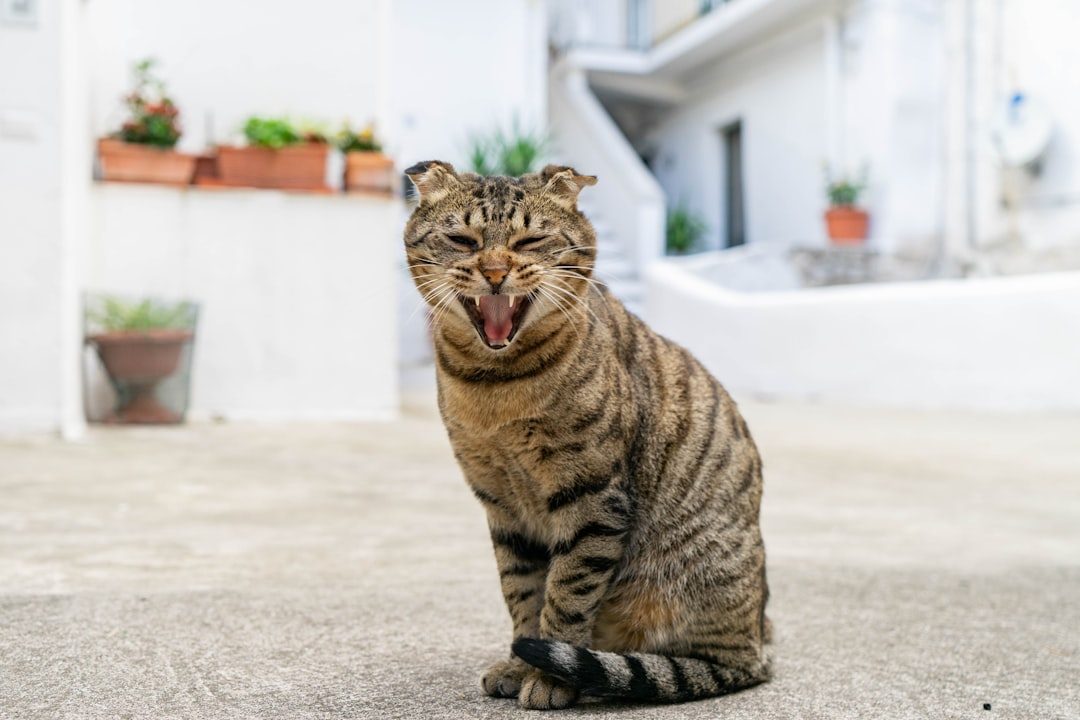
The next time your cat fixes you with that intense stare or demonstrates their hunting prowess on a hapless toy mouse, remember that you’re witnessing millions of years of evolution in action. Your house cat may not rule the savannah or demonstrate their impressive jumping abilities, but they carry the legacy of wild royalty in every twitch of their tail, and next time your cat knocks something off the counter with a regal indifference, remember – you’re living with a tiny tiger.
The connection between your sofa companion and the lions of Africa runs deeper than shared ancestry. It’s written in their DNA, expressed in their behavior, and visible in their daily routines. From the way they mark territory to their sleep patterns, from their hunting techniques to their social bonds, domestic cats remain remarkably true to their wild heritage. What do you think about this incredible connection? Tell us in the comments.





